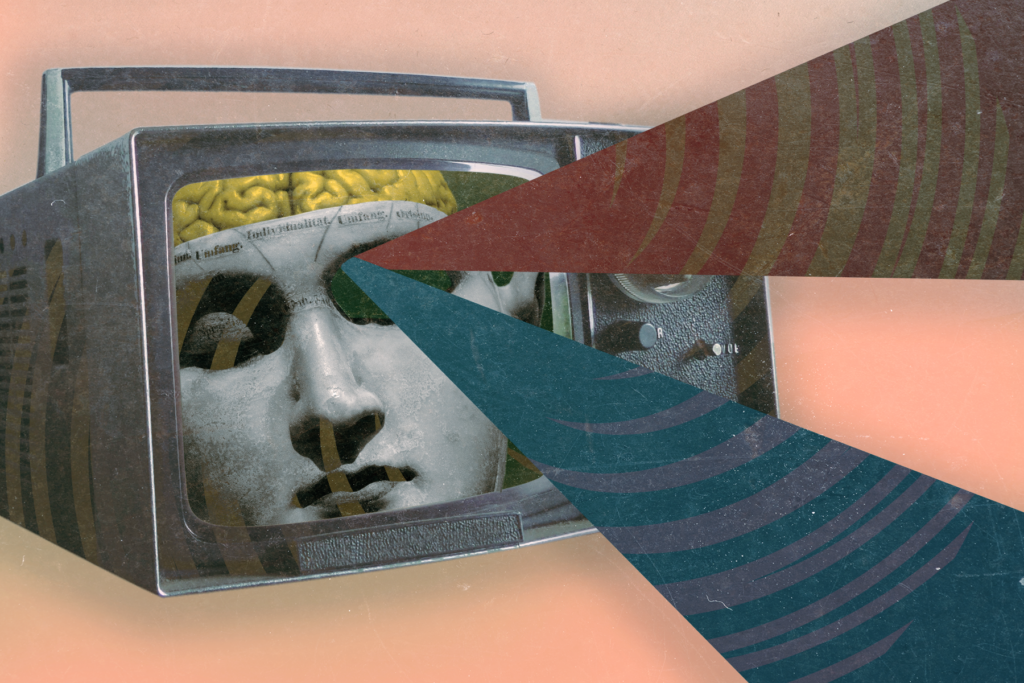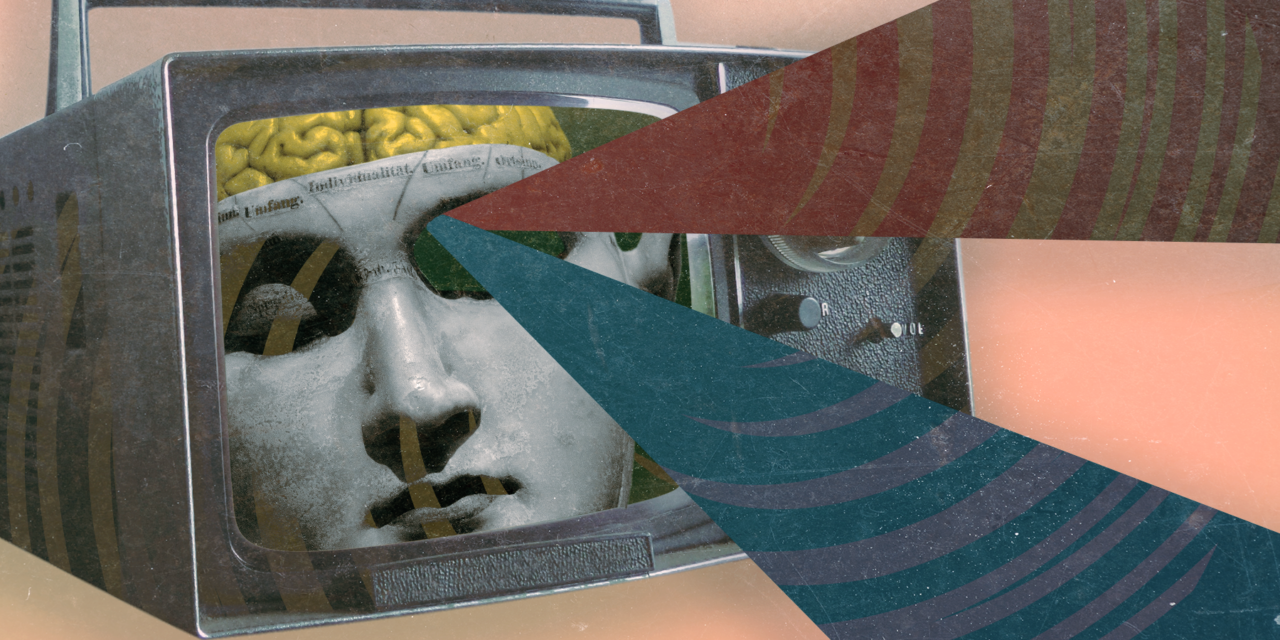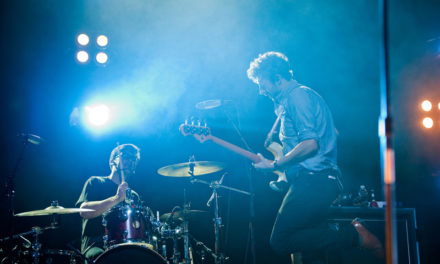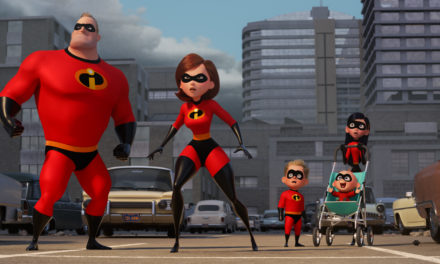
(Mia Usman/Staff Illustrator)
Quentin Tarantino’s sixth feature film, “Death Proof” (2007) hit theaters 17 years ago this week on April 6, 2007. It was part of “Grindhouse” (2007), a double feature that paired the film with Robert Rodriguez’s “Planet Terror” (2007).
The double feature aimed to recreate the feeling of low-budget grindhouse theaters of the 1970s that typically played cheap action, horror and other niche genre movies that included graphic violence or nudity. Given the cheap production of these films, the prints played at grindhouse cinemas were usually scratched and slightly damaged. While “Death Proof” is a worthy recreation of this era of scandalous films, it is much weaker as a stand-alone movie.
The movie follows a murderous stuntman, Mike McKay (Kurt Russell), as he tracks down groups of girls and kills them with his car that he calls “death proof,” since it is built so that the driver can survive any crash. While it might seem like a crude, low-concept film for an auteur director like Tarantino, the simplistic plot is a feature of many grindhouse movies.
The film is divided into halves, each featuring different groups of girls being stalked by Stuntman Mike. Each half plays out similarly, following the girls as they drive around and talk. These scenes are hallmarks of a classic Tarantino film as they are filled with pop culture references and witty quips about each other’s sex lives. While Tarantino’s witty dialogue scenes added color to a heist story in “Reservoir Dogs” (1992), they weren’t suited for a supposed action movie. Throughout the film, I could not help but wonder: When is the car chase going to happen?
While they may not be the most exciting scenes in the film, the dialogue sequences have some interesting flourishes that call back to the low-budget grindhouse era. Throughout these scenes, green scratches and other markings on the screen that make it look like you are watching a damaged tape. There are also some jump cuts disrupting dialogue, adding to the sensation that the film itself is a damaged copy of a more pristine original version.
The film begins in typical Tarantino fashion, opening with three girls chatting in the car about details irrelevant to the rest of the film. While irrelevant to the remainder of “Death Proof,” the scene is interesting when viewed in connection with the rest of Tarantino’s films. It feels like a direct callback to the driving scenes in “Pulp Fiction” (1994), which also featured dialogue that was tangential and unrelated to the film’s plot. While “Pulp Fiction” featured men talking in the car, “Death Proof” does the same thing with women. Tarantino is iterating his patented formula.
The first of two car chases in the film is simultaneously a highlight and a disappointment. It is one of two action sequences of the movie and draws the viewer in with impressive editing and stunt work. While it certainly does amplify the stakes of the film, the chase is too short and ends abruptly.
Nevertheless, the closing action scene is fantastic. The second group of potential victims drive away trying to escape Stuntman Mike, all while one of them is holding onto the hood of the car, trying not to fall off. The tension in this scene intensifies much more precisely, which ultimately leads to a climatic and rewarding ending. It is exactly what a grindhouse movie should be — simple, yet incredibly exciting.
“Death Proof” does have some good moments, but overall it feels like a blip in Tarantino’s filmography. He made the movie between the “Kill Bill” film series (2004) and “Inglourious Basterds” (2009), which are not just two of his most famous movies, but in my opinion, two of the most iconic movies of the 2000s. The movie certainly has the same ineffable feeling and tone that Tarantino’s other movies do, but it just feels a little inadequate in comparison. “Death Proof” is like an aside — a fun-enough project for a filmmaker who usually performs at a much higher level and has demonstrated his prowess more effectively in the 17 years since this film’s release.
Alex Gerson (he/him) (27C) is from Bethesda, Maryland. Outside of the Wheel, he's a member of eTV and hosts "Discography Discoveries" on WMRE. In his free time, Alex is probably watching TV and movies, listening to music or following the Washington Nationals.







